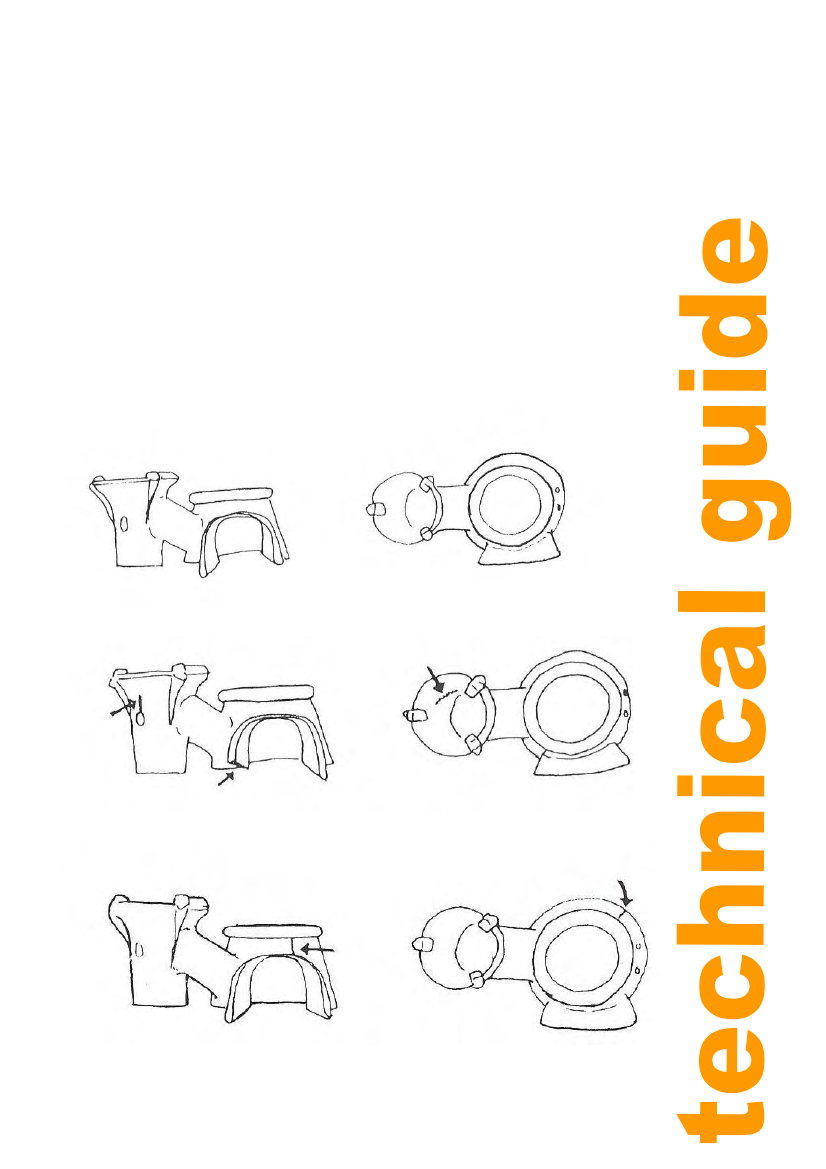
How to make Sri Lanka’s anagi II stove
Practical Action
In traditional Sri Lankan potters kilns, the stoves should be fired for a longer time than is
required for pots. The extra thickness of the stoves requires more time for the heat to
penetrate.
In either kiln, the firing temperature range is 850 - 900°C. Darker-firing clay should be fired
at the lower temperature; lighter-firing clays are better fired at or around 900°C. The top of
the tile factory kilns is fairly hot, and the clay composition must be adjusted to the higher
temperature. It has been found that mixing sand and extra grog into the tile clay has
prevented overfiring problems. The clay mix currently in use is 8 parts tile clay: 1 part sand:
1 part grog (by volume).
Quality Control after Firing
After firing, the stoves must be checked for cracks or unacceptable warping. The thick rims
of the design should prevent warping of the process, keeping them a desirable round circle
rather than an egg-shape.
Stoves are placed in 3 categories: Grade A, which sells for full price; Grade B, which sells for
half price, and Rejects, which are not sold at all.
Grade A: no cracks
Grade B: cracks in the baffle, cracks or chips in the door piece, or a crack anywhere on the
second pothole piece.
Rejects: any crack, no matter how small, in the firebox.
29